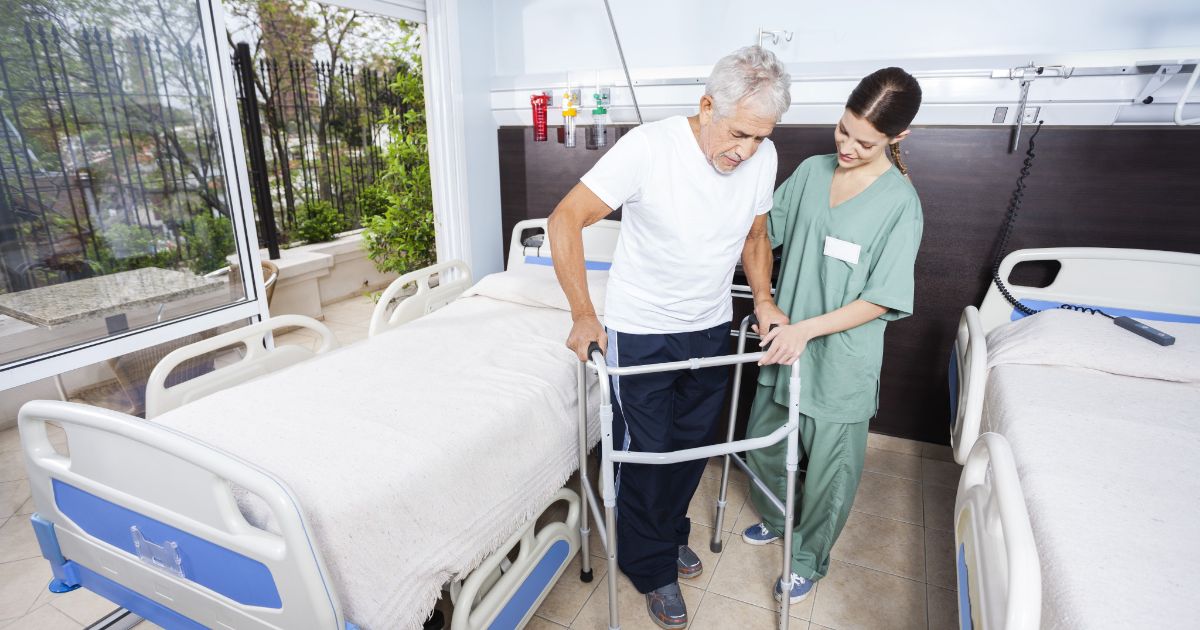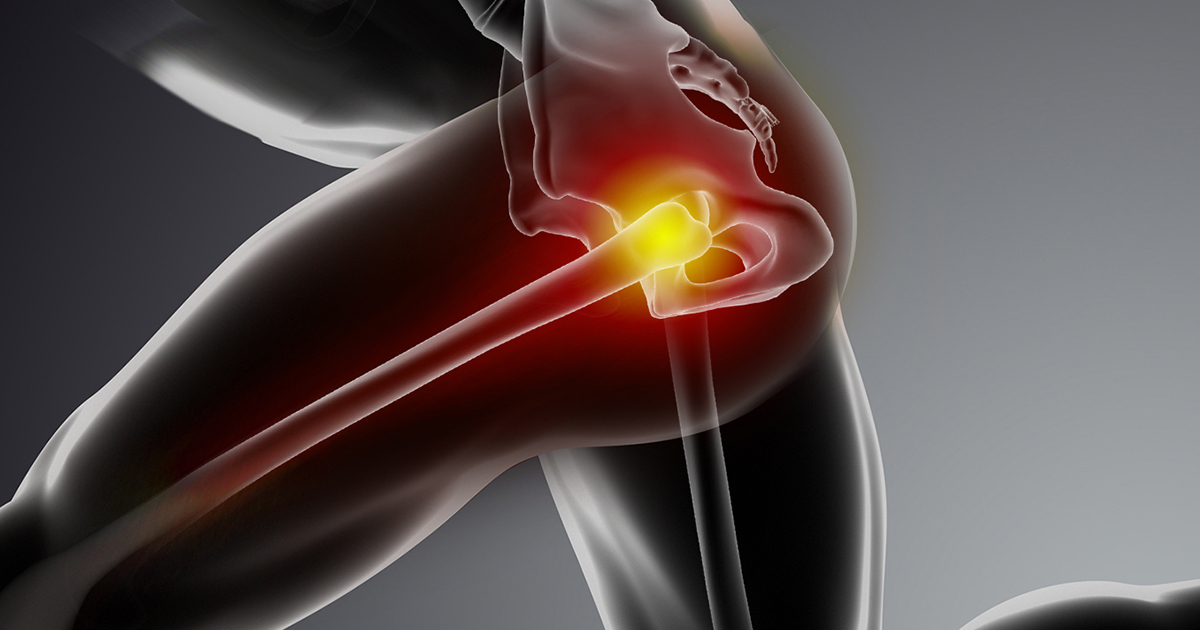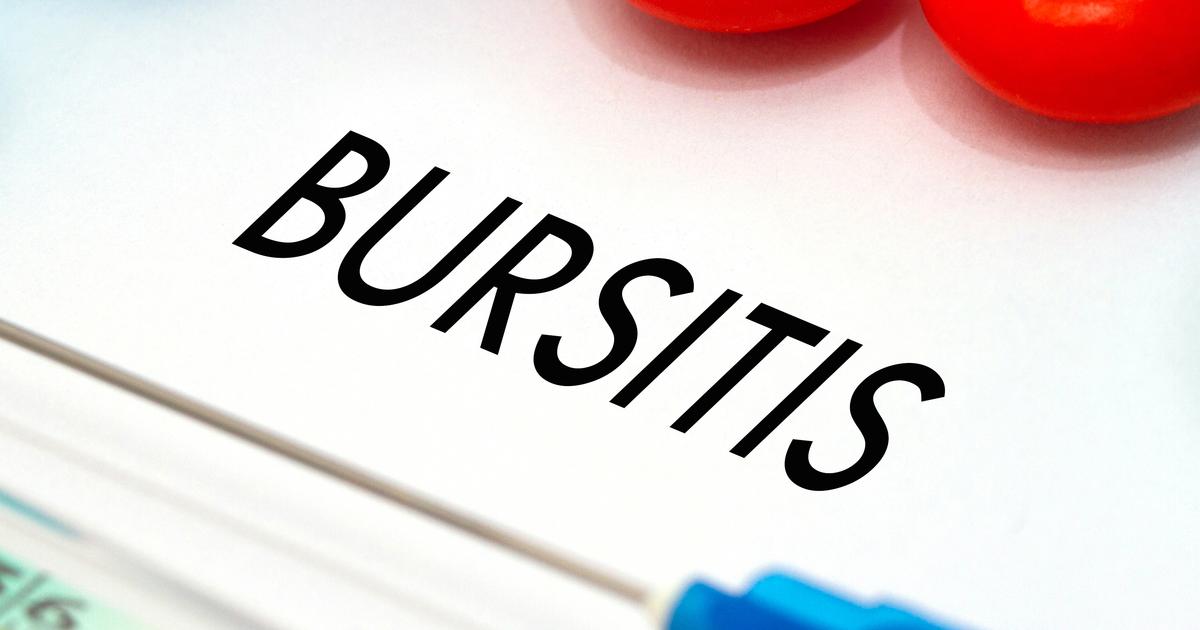Guide To The Causes Of Hip Pain
Hip pain is among the most commonly occurring pains in the body. To determine the underlying cause, affected individuals need to know what precise part of their hip is in pain. If the pain is located on their groin or hip's inside, there are probably issues with the joint of their hips. Pain on the outside of the hip, outer buttock, and upper thigh is generally caused by an issue with the individual's soft tissues, which include muscles, tendons, ligaments, and other non-skeletal tissue. There are some cases where hip pain is the result of problems in another part of the body. Lower back issues can sometimes cause pain to radiate to the hips. When this is the case, the pain is known as referred pain.
Treating hip pain appropriately also means knowing why the pain is occurring, as underlying causes can influence the type of treatment needed. Learn more about this now.
Arthritis

There are more than one hundred identified types of arthritis, many of which affect the hips. The causes and progression of different arthritis vary widely, as does the age of onset. Some types of arthritis that involve the hips are septic arthritis, psoriatic arthritis, juvenile idiopathic arthritis, osteoarthritis, and rheumatoid arthritis. Osteoarthritis is the type of arthritis that occurs most commonly, with millions affected. With osteoarthritis, the cartilage responsible for cushioning the patient's bones slowly wears down, causing the bones to grind painfully together. Osteoarthritis has the potential to damage any joint, but it most commonly presents in the spine, hips, knees, and hands.
On the other hand, rheumatoid arthritis is an autoimmune condition, and it occurs when the immune system mistakenly attacks the body's healthy tissue. In rheumatoid arthritis, the immune system attacks the lining of an individual's joints, causing the joint to swell up painfully. As time goes on, the disease causes permanent joint deformity and bone erosion. The inflammation associated with rheumatoid arthritis can also cause damage to other portions of the body.
Hip Fracture

A hip fracture, also called a broken hip, is one of many injuries that can cause hip pain. Any kind of fracture is a medical emergency that requires immediate help. It is especially important for individuals to get help if they're elderly or have more fragile bones because of another condition. The complications from this injury can cause life-threatening problems. One of the most common reasons behind hip fractures is tripping and falling. Older individuals are more likely to fall because of balance issues, declining vision, and multiple medications with varying side effects.
Nearly every type of hip fracture needs to be repaired with surgery or a hip replacement, and physical therapy takes place after surgery. The best way to prevent hip fractures is for individuals to maintain their overall bone density and take steps to avoid falling. A hip fracture tends to cause severe pain in the groin or hip. Patients may also notice the leg on their injured side is shorter, that they have trouble straightening this leg, and that they can't put weight on the leg.
Muscle Strain

A muscle strain is another kind of injury that can cause pain in the hip, though it's much less serious than arthritis or a fracture. Muscle strains aren't progressive, and they aren't usually emergency medical conditions. Strains occur in the muscles or the tendons that attach bones to muscles. Sprains occur in ligaments, which are bands of soft tissue that connect bones. Both a muscle strain and muscle sprain cause similar symptoms in the hips, such as aching on the outer hip, thigh, and buttocks. Other symptoms include bruising, swelling, pain, and a limited range of motion. Affected individuals might also feel or hear a 'pop' when the injury occurs.
A mild sprain can be treated at home with rest and over-the-counter painkillers. If individuals think they may have a fracture rather than a sprain or strain, they should see a doctor right away. Reasons to seek emergency care include pain directly over bones that comprise the injured joint, an inability to bear weight or move the joint, and numbness in any portion of the injured site.
Bursitis

Bursitis, which occurs when the bursae in the body become inflamed, can affect many joints throughout the body. Bursae are fluid-filled and small sacs that help cushion the muscles, tendons, and bones that make up an individual's joints. In addition to the hip, the other two most common locations of bursitis flareups are the elbow and shoulder. The condition can also occur in the big toe, heel, and knee. It is common for bursitis to develop around a joint that frequently performs repetitive motions, and usually, resting the joint and protecting it is enough to treat the condition.
Most bursitis pain subsists after a few weeks if the affected individual rests enough. It is common, however, for patients to experience recurring flareups. Bursitis can make the hip joint hurt when individuals press on it or move it. Their hip may feel stiff and achy, and it may look red and swollen.
Tendinitis

Tendinitis is irritation or inflammation of one of an individual's tendons, which are thick cords of tissue that attach muscles to bones. Tendinitis leads to tenderness and pain on the outside of the joints. The condition can develop in any tendon throughout the body, but most cases involve the heels, knees, wrists elbows, or shoulders. If tendinitis affects an individual's hip joint, it can cause hip pain. Any of the tendons that attach an individual's muscles to their hip bones can become inflamed.
The symptoms usually present where the tendon meets the bone. Most patients experience a dull aching that worsens when they move their affected joint, general tenderness in the affected area, and minor swelling. Most cases heal on their own with rest, but patients should call a doctor if their symptoms don't get better after a few days of rest.
